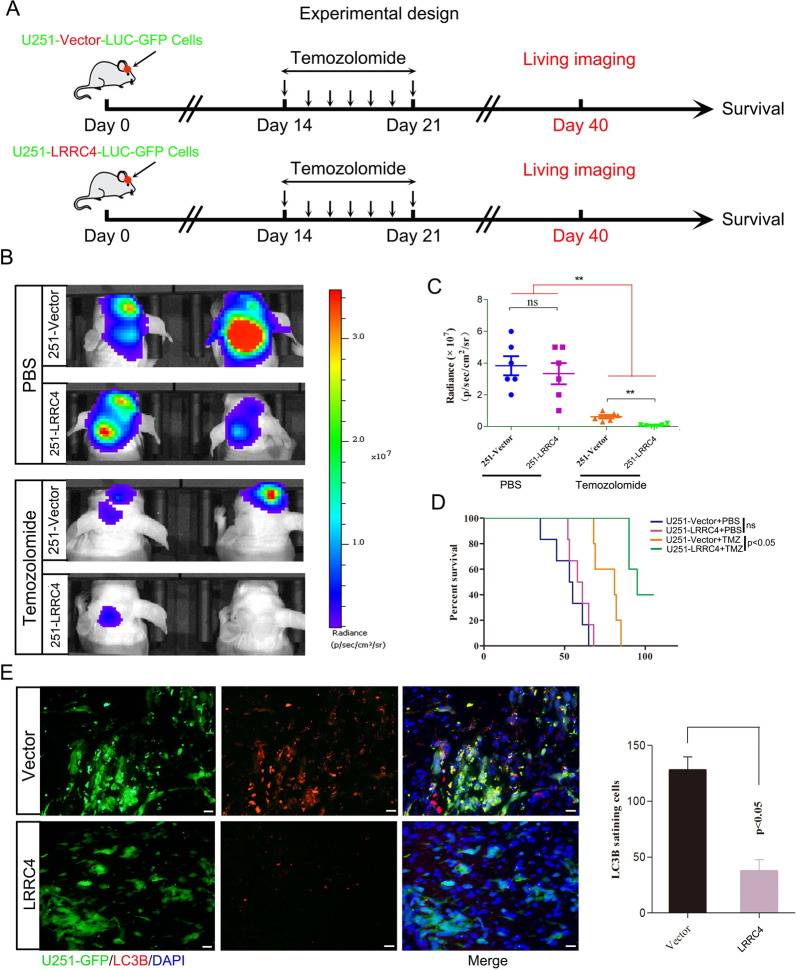Fig. 5. LRRC4 combined with TMZ treatment prolonged mouse survival.
a Experimental design schematic showing the in vivo mouse model. b Representative bioluminescence images of mice intracranially injected with luciferase-labelled U251 cells that stably expressed vector or LRRC4 in the presence or absence TMZ treatment (n = 6 mice per group). c Quantitation of the fluorescence intensity of a representative image (n = 6 mice per group). **p < 0.01; d Kaplan–Meier survival curves of mice injected with U251 cells that stably expressed vector or LRRC4 in the presence or absence TMZ treatment (n = 6 mice per group). e Mouse brain sections stained for LC3B after intracranial transplantation of U251 cells that stably expressed vector or LRRC4. The right panel shows the quantitation of LC3B-positive cells.

